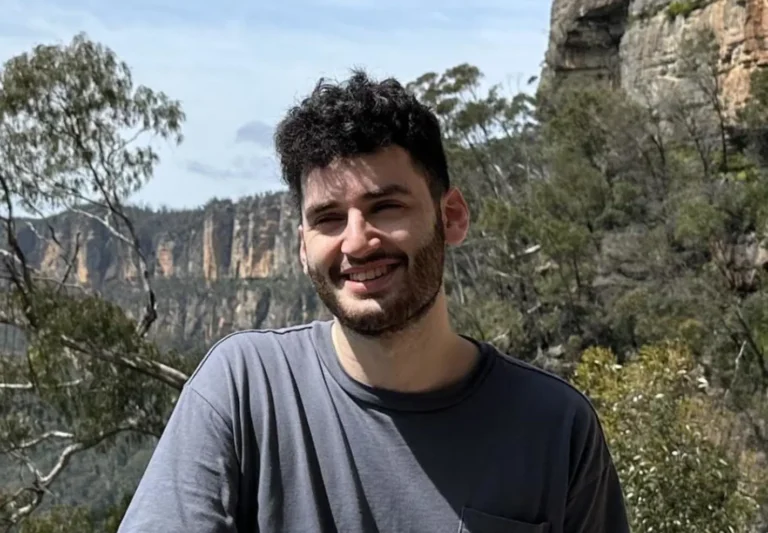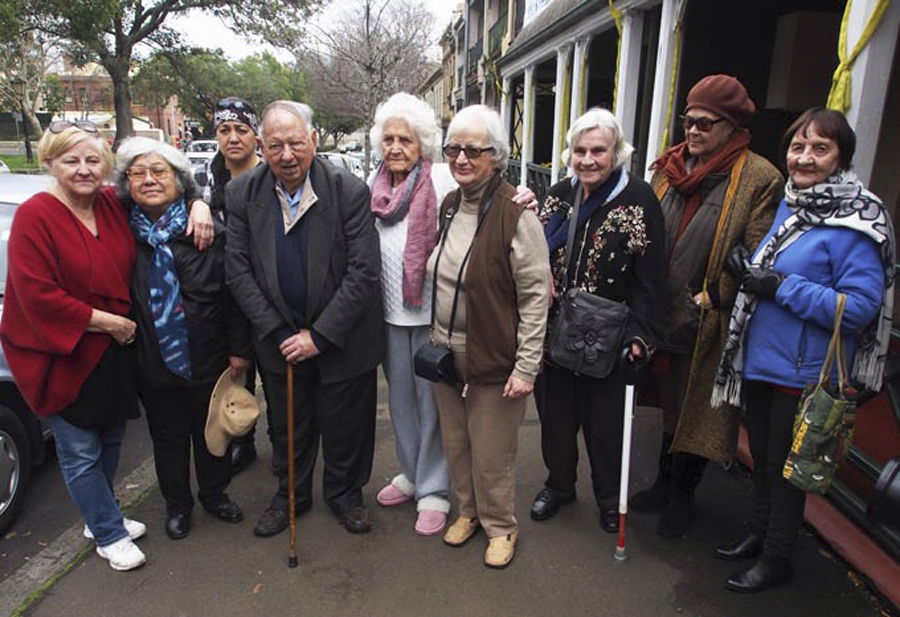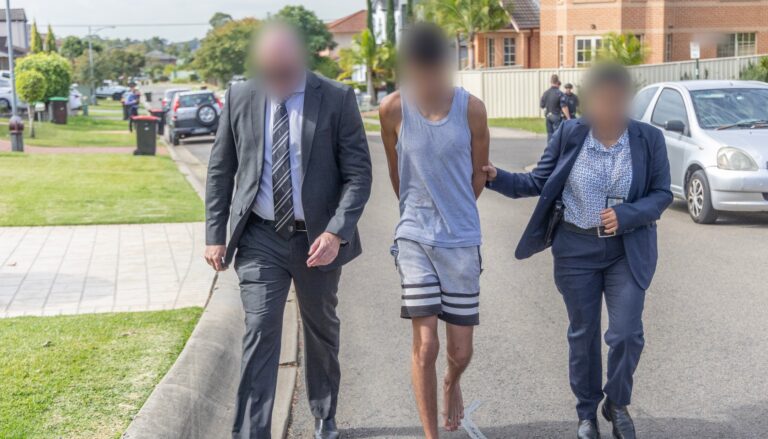
Why Sydney needs diver-city

BY EVA COX
Good cities are growing settlements which mix and match different population groups, who share places comfortably and diversely. Inner city spaces, at least in Australia, have often been areas where new arrivals mix with existing groups, some of whom stay or move over time. Those of us who stay as inner city dwellers like being in the centre, part of the core of action, close to the hubs of governments and centralised activities.
I am a city dweller, deeply committed to the density and diversity that I have experienced in my long life as a Sydneysider.
I arrived in 1948 when I was ten to find a white Australia, very different to Rome or rural England where I’d been before. I grew up near Bondi Beach, with a scatter of ex-WW2 refugees who had been able to move there during the war, when locals moved further inland in fear of an invasion.
Diversities increased over the next decades, and with that came much greater acceptance of the non Anglos, better food choices more creativity and innovation.
There was the then Bohemian Cross and inner suburbs like Paddington that offered cheap flatettes and terraces, housing many Italian and Greek immigrants and underpaid workers. However, things were changing as the East became gentrified. So in 1979 I moved to Glebe, guiltily buying an ex-boarding house and so becoming part of the further gentrification of the inner west.
But at the time, there was still much more public housing being built and the remains of the Whitlam/Uren push for social housing in Glebe. I’d been part of the Green Ban’s movement and believed strongly in the need for city centres to continue to house widely diverse people.
That was before the market model took over, so now the mix of rising real estate prices and privatised housing policies, at both Federal and state levels, are fuelling high prices and the exclusion of lower income residents. The supply of substantial social and public housing depends on government policies ensuring that funding is available, and public land retained.
This spending was replaced by rent subsidies for some low income renters and much less provision of housing. The signs are not good as the government sells off what they own, and no new serious public money is on offer. All I can see is rhetoric and a few projects that don’t replace what is being sold or demolished.
Where once there were clearly mixes of low and high cost areas, we are now moving to uniformly high cost housing with waning government efforts to ensure the retention of both affordable and social housing. Together with rising rents and prices on inner city properties, there will continue to be smaller possibilities for the less affluent to live in inner city suburbs.
The destruction of the Millers Point Community, including the planned demolition of the Sirius Building are a clear statement that the poor have no place in desirable suburbs. Similar plans to rework the public housing in Waterloo again fail to recognise the rights of those who are part of local communities. History has no place in arguments about entitlements – only the dollar value of the real estate appears to matter.
The SMH Jan 14/15 published the Valuer General’s increases in land values. The article said, ” The Greater Sydney Commission, charged with drawing up plans to shape the nature of development through the city, has proposed that 5 per cent to 10 per cent of the increase in value on new development projects should be used for dedicated affordable housing. Professor Phibbs said the latest land value figures showed a need to implement that policy, or something more forceful. Otherwise Sydney’s just losing opportunities to provide more affordable housing and lining the pockets of a small number of landowners.”
The government response in the above article is smug, “pressure on Sydney’s already-stretched housing and transport needs are a ‘symptom of Sydney’s success,’ said NSW Planning Minister Rob Stokes.”
There are no signs that the state government is taking the issue seriously, particularly in inner Sydney. It has no funding plan and puts the portfolio in FACS, one of its lower priority portfolios, so housing competes with welfare needs.
There are no signs that the government understands that big cities need diversity at its core. Pushing out public housing tenants, museums, and filling public spaces with monstrous developments – via the Urban Taskforce – to meet financial returns will suffocate the diversity big cities need to flourish.
Despite its good intentions, the City of Sydney will have serious difficulties applying its Sustainable Sydney 2030 plan of ‘establishing an ambitious target that by 2030, 7.5% of all housing in the local area will be social housing provided by government and community providers and 7.5% will be affordable housing delivered by not-for-profit or other providers.’
They, have limited power to affect state developments. So it’s up to us, the voters!









